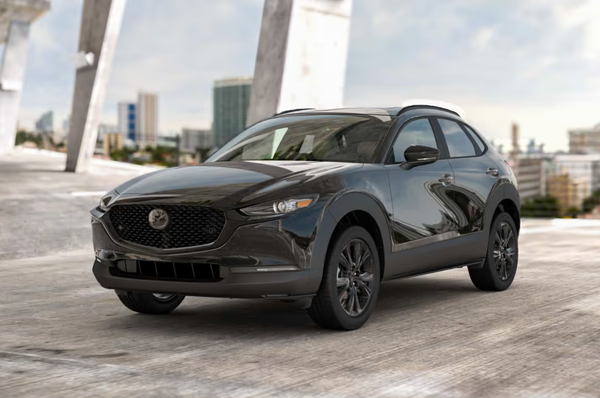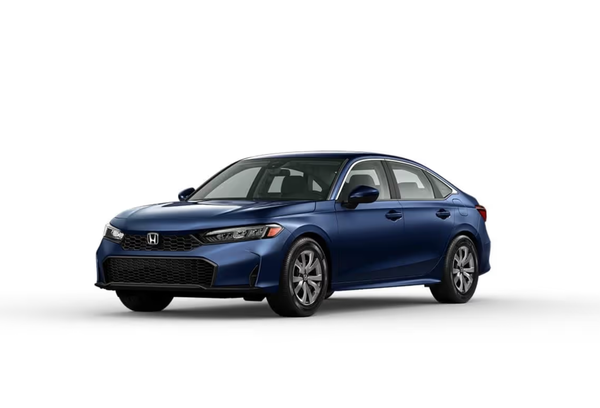
Explore featured articles created for the automotive industry. These samples demonstrate how well-crafted SEO content can expand visibility, build customer confidence, and generate more sales and service bookings.
The automotive market is one of the most competitive spaces online, making strong visibility essential for dealerships, repair shops, and aftermarket businesses. My Automotive SEO content services are designed to connect your business with car buyers and drivers actively searching for vehicles, parts, and services. From detailed model pages and dealership landing pages to service blogs and buyer guides, I create optimized content that highlights expertise, builds trust, and attracts qualified leads at the local and regional level.
Customers often research extensively before making a decision on a vehicle purchase or service appointment. That’s why I craft automotive content that answers key questions, showcases features, and provides clear pathways to conversions. By blending keyword targeting with local optimization and AI search readiness, I ensure your dealership or shop is positioned to capture attention at every stage of the buyer’s journey.
Explore featured articles created for the automotive industry. These samples demonstrate how well-crafted SEO content can expand visibility, build customer confidence, and generate more sales and service bookings.
 Filters & Sorting
Filters & Sorting







